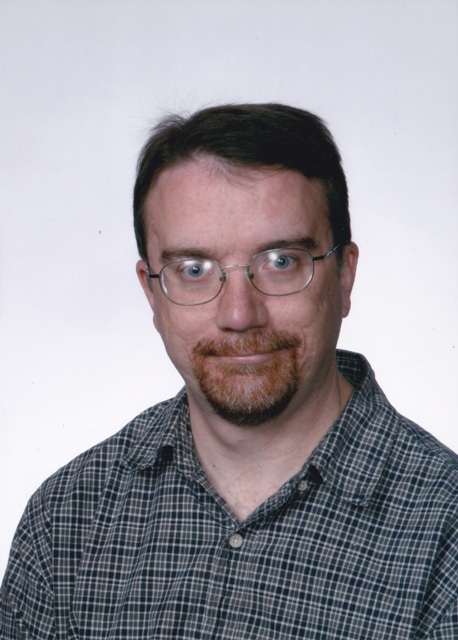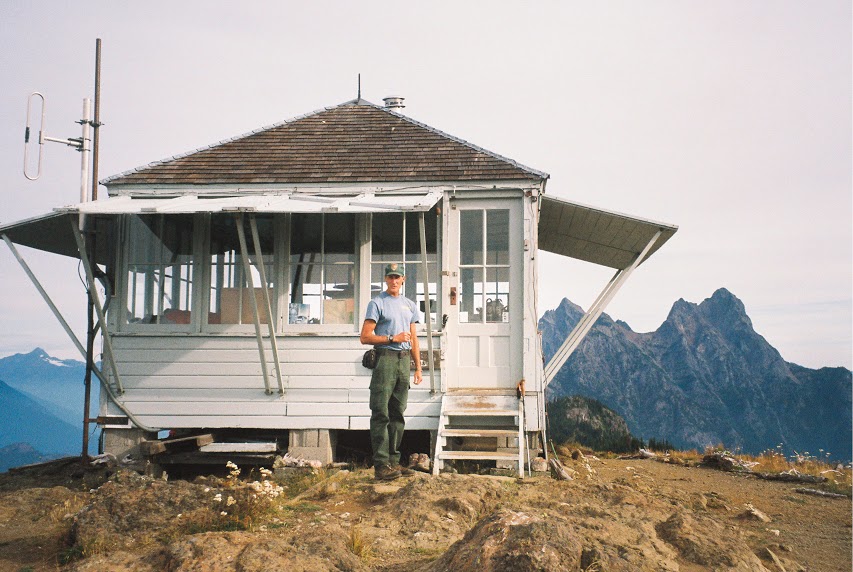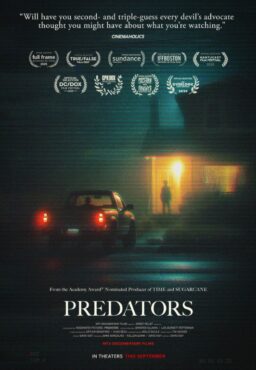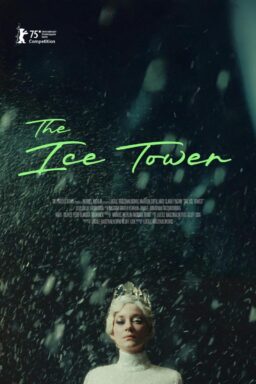One news story that has been getting page two or three status in the media cycle lately concerns the California wildfires, which have been raging ever since some unusual thunderstorms passed through the area earlier in August. At this time, the fires continue to spread throughout the state, already destroying one million acres of land and forcing the evacuation of 119,000 people. In any other time in history, this would probably be front-page, top-story, breaking news. Then again, like many other news stories of its kind, maybe people are conditioned to hearing about wildfires in California in the summertime.
Wildfires and forest safety was once a common topic of conversation and relevance back in the ‘70s, which is when Jim Henterly, the subject of Lindsey Hagan’s documentary “Ode To Desolation,” began his life journey to be a naturalist and look-out man on one of the last remaining fire lookouts in the country. There used to be thousands of these posts. Now, because of the advancement of satellite technology, there are about 60 left. Jim still mans Desolation Post and still lives a life of tranquility and wonder as the work informs his art and his outlook on life.
Hagan’s profile doc beautifully conveys this feeling of isolation, but only in the physical sense. The soft-spoken Jim spends much of his time alone, but he probably doesn’t feel that way. He spends much of his time surrounded by nature and feels most purposeful when hiking through it or viewing it through binoculars. This job likely has a spiritual component to it that makes it meaningful to him, even as the prospect of it being taken away lingers in the background. He used to share the job with his wife, but they would always be told that the job would soon be obsolete.
Hagan eschews some of the obvious questions one might want to ask Henterly (like, “what was the biggest forest fire you ever saw?”) and instead uses the film to focus on the meaning of one’s existence and the self in relation to nature and environmental surroundings. Henterly gives to the earth by looking out for it. In return, he gets inspiration for his art, art which tells a story, stories which will hopefully be passed onto future generations. Hagan’s film aides in that purpose with a similar sense of grace and wonder.

Q&A with director Lindsey Hagan
How did you find Jim Henterly? And how much time did you spend with him?
I was made aware of Jim through a friend and photographer named Kellen Mohr. He’d spent some time with Jim on a photo assignment documenting the last of the Fire Lookouts in the Pacific Northwest. I was intrigued by Jim’s unwavering stewardship for the natural world and his trained eye. I had to know more. So my partner and I spent one day filming with Jim and his wife at their home just outside Bellingham and we spent two more days with him at the lookout tower.
How did the film take shape in the editing? Did the film go through changes?
When I set out to share Jim’s story I had no idea that lookouts were on the decline to the extent that they are today. I knew the Park Service was seeing budget cuts but it wasn’t until meeting Jim that I realized the human element of the lookouts was on the verge of “extinction.” So when cutting the film I really wanted to play around with this idea of before and after, and leaving the audience with this feeling of hollow emptiness by existing in the tower without Jim’s presence and holding that moment. We leaned into some sound design and movie magic using the radio noise with no response at the end.
Were there any challenges filming in such a remote area or confined space?
We needed to be self sufficient. We carried everything we needed on our backs and it was a somewhat grueling climb up to the tower so we needed to operate light. We relied all on natural lighting made use of the amazing sunsets and sunrises each day.
The most challenging part of filming in such a small enclosed space was my fear of suffocating Jim. He thrives in his solitude so I really wanted to take the most “fly on the wall” approach we could while leaning into intimate moments that could help depict his character. I was concerned about the piece losing its dimension taking place in the same space for much of the film, but what we learned was to see the “space” as Jim does, by taking in the details. This was meant to be an auditory and sensory experience through Jim’s lens. The lookout isn’t lonely to Jim, it’s full of life and that comes through in the details. So we existed in the space just as Jim would, the conscious observer.

How did Jim take to being on camera and being followed? Did he have any rules for you?
I was very lucky in the sense that Jim isn’t a performer. What you see of Jim is as authentic as it gets, the commentary and banter are as transparent as the thoughts in his head and that insight into Jim’s mind is part of what made this experience so special to me. I did have some guilt for disrupting his solitude but Chris Naum, the cinematographer has a wonderful way of moving through a room almost ghostlike so we really tried to be as unobtrusive as possible. Everything you saw was how Jim spends his time.
Jim had a funny way of ignoring or downright negating my requests, but sooner or later he would come around on his own timeline, so we kept the camera rolling for when he was ready. It was a dance.
Do you see yourself making a follow-up doc in the future?
I have had the thought of turning this into episode one in a series showcasing circumstances in which the progression technology has altered our connection with the natural world and further exaggerated the gap between humanity and nature.
What’s next for you?
I’m executive producing a few commercials, launching a short film in partnership with Google here shortly and developing a series around consumerism, intersectionality and the human condition. I’m also teaching a six-week intensive film program with 20 underserved high school Students, that I’m really excited about.












